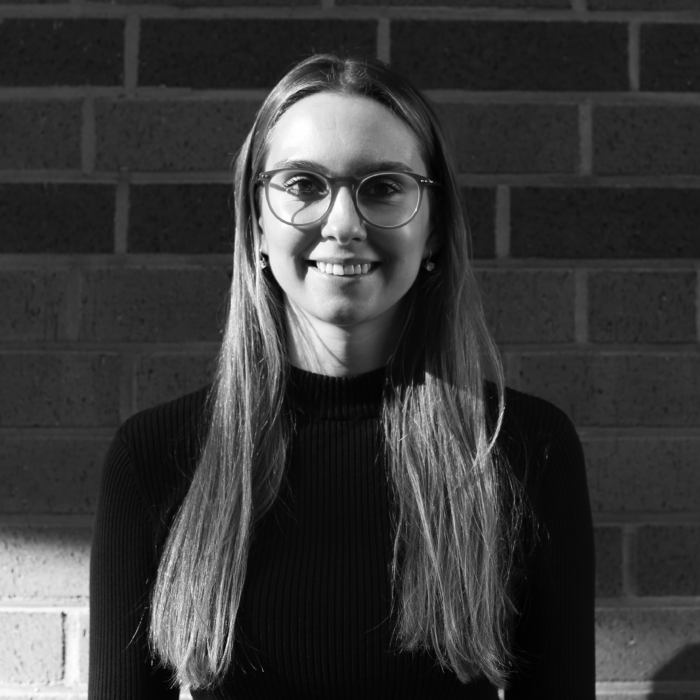Lena Demary, M.A.

Universitätsstr. 105
44789 Bochum
Room: UNI 105, 3/28
Phone: +49 (0) 234/32-27098
E-Mail: Lena.Demary@ruhr-uni-bochum.de
.
Title of the Dissertation
Wholenesses of the Fragmentary: Restoration as Negotiation Space (1750-1850), AT
Project Description
On closer inspection, restoration unfolds into an amorphous discipline whose spheres of activity often remain invisible – or rather, overlooked. Although the activity occupies a natural place in various cultural systems, particularly in the Western world where it functions as the modus operandi of a historiophile society, it still remains under-researched in specific areas.
At the center of the discussion is the thesis that restoration can be characterized to a large extent by its mutability and situativity. Within and through restoration, constructions emerge that consist of the individual signatures of the works to be restored, the varying expectations and needs of a society and the framing infrastructural, political and social systems that shape the fundamental spaces of possibility of preservation, care, repair, protection or reconstruction.
The period between 1750 and 1850 is therefore particularly interesting, as its analysis enables a critical examination of previous research approaches, especially with regard to historical, substantive and ethical caesuras. Due to different circumstances, the late 18th and early 19th centuries produced an enormous variety of restoration strategies, which demonstrates the present negotiation space in terms of its transformative properties. By identifying central negotiation patterns that subsume specific dynamics, restoration will be unrolled as a negotiation space using the example of the genre of sculpture. The new perspectives that emerge in this process will also be examined in terms of their potential for the present and future of restoration.
Scholarly Career
- Since 10/2022: Researcher (doctoral candidate) in the DFG Research Training Group “The Documentary. Excess and Withdrawal”, Ruhr University Bochum
- 07/2020 to 06/2022: Research Volunteer of the Gustav-Lübcke-Museum Hamm
- 10/2017 to 03/2020: Master’s degree in History of Art, Heinrich Heine University Düsseldorf
- 10/2014 to 09/2017: Bachelor’s degree in History of Art (main) and Philosophy (subsidiary), Heinrich Heine University Düsseldorf
Publications
- Demary, Lena/ Tazuke-Steininger, Nana/ Eick, Eva Caroline et al.: “Museum of the Future”: A Manifesto?, in: HERE AND NOW at Museum Ludwig. together for and against it, Catalogue for the exhibition (Museum Ludwig Köln), S. 182-197, Köln 2022
- Wiener, Jürgen/ Köpf, Reinhard (eds.): Moderne Glasmalerei in Düsseldorf, Mönchengladbach 2021, Written entries: Wilhelm Teuwen, Walther Benner, Ernst Otto Köpke, Emil Glücker und Günter Peltzer
Talks
- “Documentification, Restaurierung und Kartografie”, presented as part of the workshop “Rest – Fragment – Dokument. Zwischenräume des Übrig-Werdens”, 19.04.2024 at the Ruhr University Bochum
- “Transparenz und Verschleierung? Ambivalenzen früher restauratorischer Dokumentationen in Katalogen antiker Bildwerke”, presented as part of the colloquium “Find and Display – Fragment and Whole. Visualizing Antiquity. On the Episteme of Early Modern Drawings and Prints – II.”, 31.01.2024 at the Zentralinstitut für Kunstgeschichte München
- Podcast // “ewiggestrig? progressiv? Der Museums-Podcast” by Eva Caroline Eick and Yagmur Karakis, Episode “Konservierung und Restaurierung: Kulturgüter wie erhalten, wenn alles vergeht?”, 25.10.2022, https://open.spotify.com/episode/5tmjg7YsXuEdihGbihHvIe?si=3a68278f3def4f52
- “Ganzheiten des Fragmentarischen: Das Dokumentarische im Spannungsfeld von Skulptur, Restaurierung und Diskurs zwischen 1750 und 1820”, presented as part of the Research Colloquium of the Institute of Art History and Archaeology, 23.11.2022 at the Martin Luther University Halle-Wittenberg
- „Nur Entwurf? Zur Bedeutung der Vorstudie bei Hans Kaiser“, presented as part of the symposium „In progress! Zum Vor- und Nachleben von Glasmalerei nach 1945“, 18.02.2022 at the Gustav-Lübcke-Museum Hamm
- „Because we do not like the authentic state? Das Authentische im Spannungsfeld von Restaurierung und musealer Forschung“, presented as part of the lecture „Forschung im Museum“, 15.12.2021 at the Heinrich Heine University Düsseldorf
Organisation of Events
- „Hans Kaiser: Im Dazwischen“, Exhibtion, 05.06.2022 to 04.09.2022, Gustav-Lübcke-Museum Hamm
- „In progress! Zum Vor- und Nachleben von Glasmalerei nach 1945“, Symposium on the occasion of the restoration of Hans Kaiser’s drafts for the Dickinson Window in the Washington National Cathedral, 18.02.2022, Gustav-Lübcke-Museum Hamm
- „Verwandlungen des Lichts: Die Glasmalerei im Œuvre Hans Kaisers“, University Course in collaboration with Dr. Reinhard Köpf, Department of Art History, Heinrich Heine University Düsseldorf, Summer Term 2021
Miscellaneous
- 10/2016 to 10/2019: Fellowship „Deutschlandstipendium“ (fellowship holder of the Herzog Erik von Arenberg Stiftung)
- Membership: Association of German Art Historians
